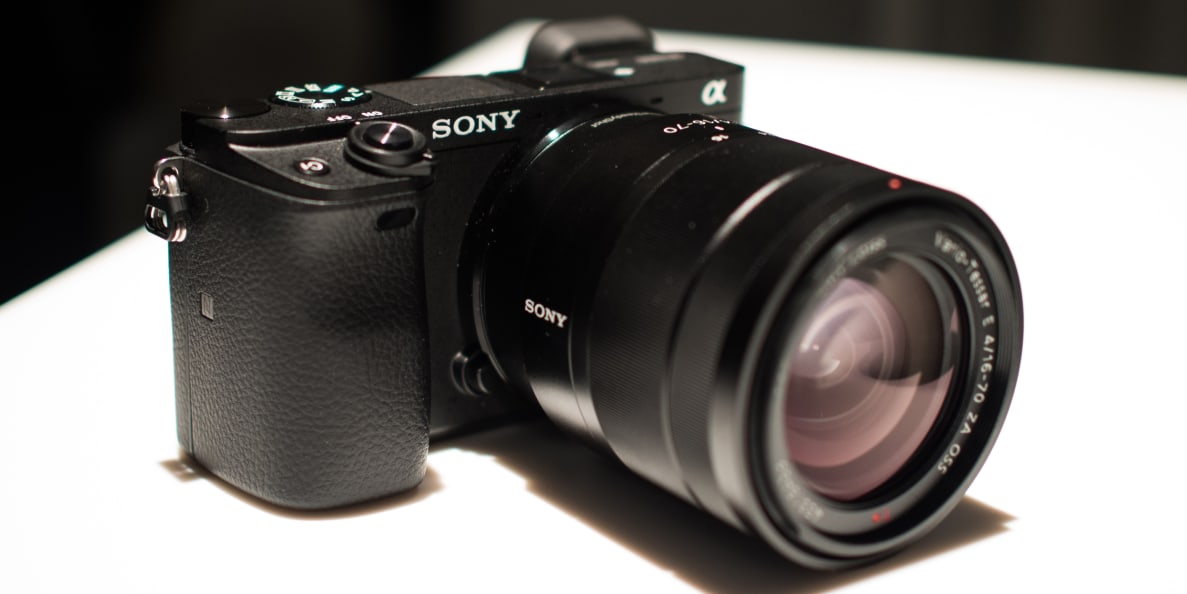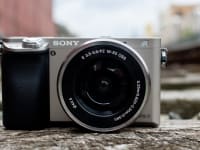Because of its age, stores began selling this high-performing camera for astoundingly low prices. Even though it was still among the best mirrorless models on the market, the A6000 could be had for as little as $500 body-only. The result? According to Sony and NPD, the A6000 is the best-selling interchangeable lens camera in the $600-and-above category.
Thankfully, Sony isn't resting on its laurels. The new Alpha A6300 ($1,000 body-only) picks up the baton and sprints with it. Although its arrival was maybe a tad overdue, this latest APS-C flagship takes everything to the next level. 179 phase detection AF points? Nah, try 425. HD video? How about internally recorded 4K? Yet again, Sony has tossed its best technology into a compact, reasonably-priced camera.
Design & Usability
Take a pinch of A7 and a dash of A6000...
Since the A6000 debuted in 2014, Sony's Alpha (formerly NEX) cameras have featured simplified controls designed to be less intimidating to point-and-shoot owners making the leap to a more complex camera. The A7 changed that. A full-frame camera aimed at enthusiasts, it necessarily offered a richer control set.
So, as the internet is so fond of saying, why not both? The A6300 does a great job at fitting some of the A7 series' most important controls into the smaller, more compact body of the A6000.
{{ photo_gallery name="design" }}
The most notable addition is a switch surrounding what used to be the AEL button. As on the A7, this switch lets you change the function of the button from AEL to AF/MF.
The entire body is made from metal, and Sony has even added more extensive dust and moisture seals (though the company is stopping short of calling it dust- or splashproof). The A6300 toes the line between a premium feel and nimble, lightweight design. It's barely larger than your average point-and-shoot, but it feels stable and well-balanced when paired with some of the bigger E-mount lenses.
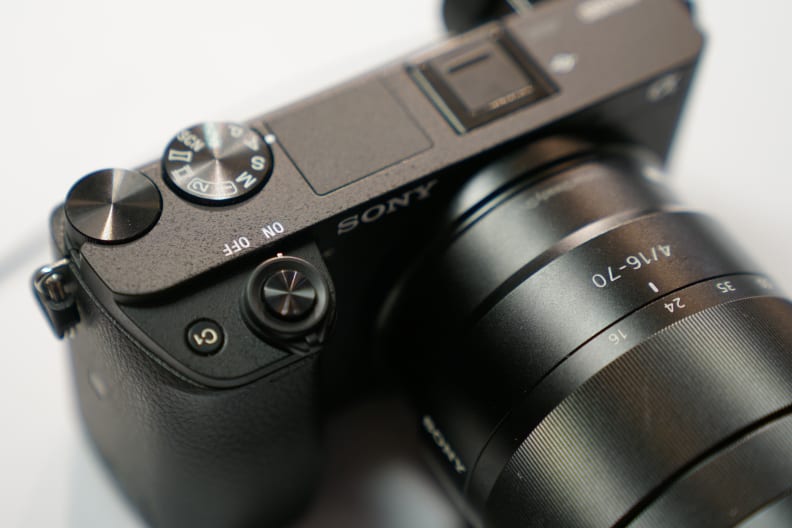
A gently resculpted front grip makes the A6300 relatively easy to hold onto.
While we wish Sony had added a proper front control dial to the A6300's small grip, the camera does offer two control dials. One is on the top of the camera, while the other is a vertical dial on the back, next to the tilting LCD. The LCD still isn't touch-sensitive, but on the plus side it remains as skinny and unobtrusive as ever.
Features
More than meets the eye
Sony could have easily tweaked a few key specs, added a hundred to the A6000's model number, and called it a day. But the camera we got instead is much better than that. Really.
{{amazon name="Sony 55mm f/1.8 Sonnar T* Prime Lens", asin="B00FSB799Q", align="right"}} It all starts with an upgraded sensor. While the A6000 was armed with a 24.2-megapixel APS-C chip with on-sensor phase detection autofocus, this sensor ups the ante in every way except resolution. It's Sony's first APS-C sensor with copper wiring (for faster output and improved light collection), and it also offers 7.5x the number of autofocus points. Both video and stills benefit from this new sensor and its faster readout speeds. We're talking 4K video recorded directly to an SD card, and even faster burst shooting rates with less noticeable blackout, at speeds up to 8 fps using AF-C.
At Sony's introductory event for the A6300, we had a chance to play around with the camera's burst shooting capabilities in a specially designed shooting scenario. While the bottleneck for long bursts still seems to be I/O, with the camera basically locking up to write to the SD card, responsiveness during the burst was impressive. Not only is there no flap-flap-flap of a mirror, but you also get to see exactly what's in focus thanks to Sony's excellent live view visualization system.
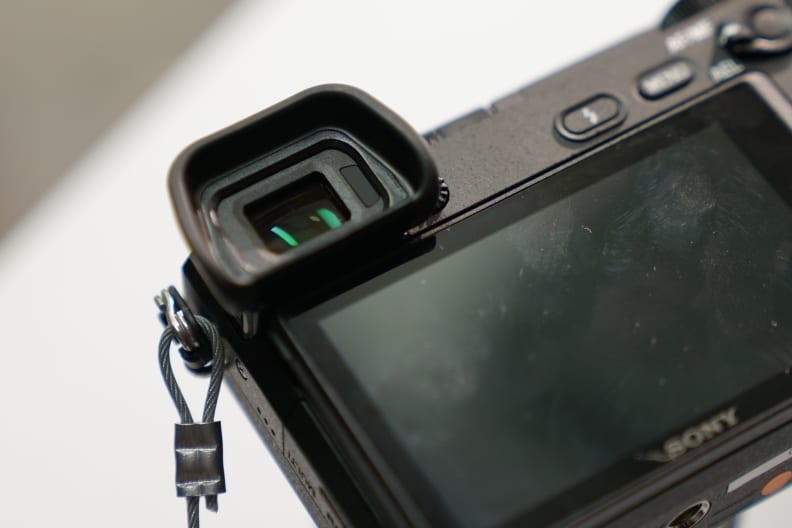
Sony has put a new, sharper OLED viewfinder into the A6300.
What's more, Sony has unlocked S-Gamut and S-Log shooting modes, making video from the A6300 more flexible for grading. Zebra functionality is also along for the ride, and there's even a microphone jack (though no headphone jack, unfortunately). Want clean HDMI out? The A6300 will output 4K/30p and 1080/60p with 4:2:2 chroma subsampling and 8-bit color.
When recording 4K video, the camera uses the equivalent of a 16:9 ratio image on a super-35mm sensor. The A6300 downsamples this 20-megapixel image into an 8-megapixel final product, as per the 4K standard, and Sony claims that there's no line skipping or pixel binning involved. By downsampling instead of binning, the A6300 should pump out some pretty clear footage.
Like the A6000, the A6300 has a built-in electronic viewfinder. While its placement in the upper left corner might turn some people off, the new high-res OLED panel certainly won't. This viewfinder offers 2.35 million dots, and while the panel isn't as impressively large as those in the Fujifilm X-T1 or OM-D E-M5 Mark II, it's no slouch.
Conclusion
A worthy update at a surprisingly reasonable price
Given how much of the enthusiast mindspace Sony's full-frame mirrorless cameras have managed to grab, we weren't sure whether Sony would continue to devote resources to its APS-C cameras. We're pleased as punch to be proved wrong, as Sony has poured quite a bit into this effort. It can't (yet) rival the A6000 for value, but if you're willing to spend a little on the latest and greatest that Sony can offer, the A6300 doesn't disappoint.
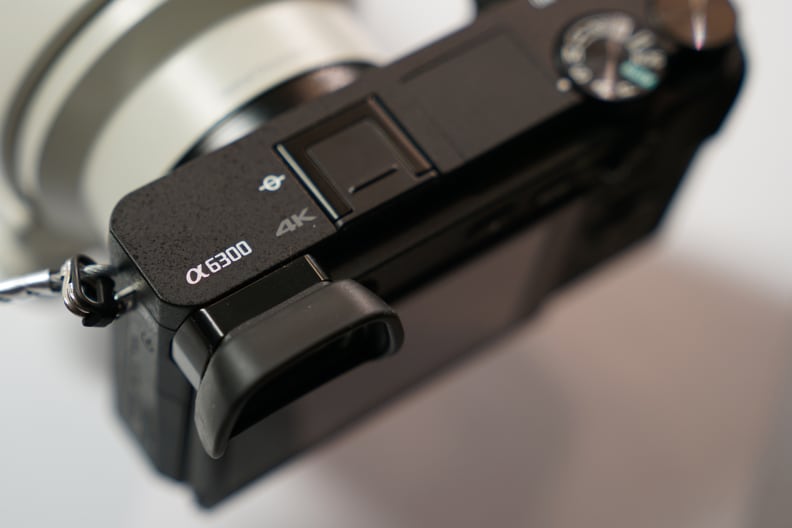
Whether you're ready or not, 4K recording is included with the A6300.
Frankly, we're most excited about the A6300's video chops. Since the Panasonic Lumix GH4 debuted, it has dominated the discussion when it comes to hybrid still and 4K cinema shooting. We won't know for sure until it gets into our labs, but at around a grand, the A6300 seems to match the GH4 in some key ways, including that all-important clean HDMI-out and S-Log color profile for grading.
The A6300 isn't a phoned-in sequel—it's a barrier-pushing technology platform. And who cares if it's "only" APS-C? Canon and Nikon have both upgraded their flagship APS-C DSLRs recently, so it's only fitting that Sony do the same. With the A6300, Sony has proved beyond any doubt that its "junior" system has plenty of life left in it.
Related Video
{{brightcove '4630235973001'}}
Meet the tester
Brendan is originally from California. Prior to writing for Reviewed.com, he graduated from UC Santa Cruz and did IT support and wrote for a technology blog in the mythical Silicon Valley. Brendan enjoys history, Marx Brothers films, Vietnamese food, cars, and laughing loudly.
Checking our work.
Our team is here for one purpose: to help you buy the best stuff and love what you own. Our writers, editors, and lab technicians obsess over the products we cover to make sure you're confident and satisfied. Have a different opinion about something we recommend? Email us and we'll compare notes.
Shoot us an email
